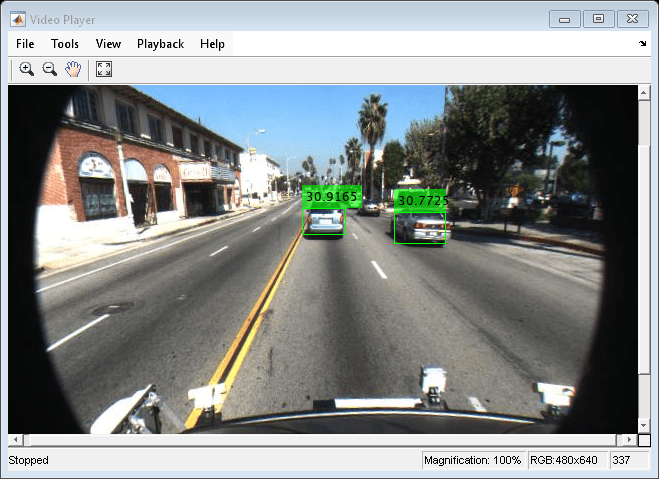detect
Detect objects using ACF object detector configured for monocular camera
Syntax
Description
[___] = detect(___,
specifies options using one or more name-value arguments. For example,
Name=Value)detect(detector,I,WindowStride=2) sets the stride of the sliding
window used to detect objects to 2.
Examples
Input Arguments
Name-Value Arguments
Output Arguments
Version History
Introduced in R2017a
